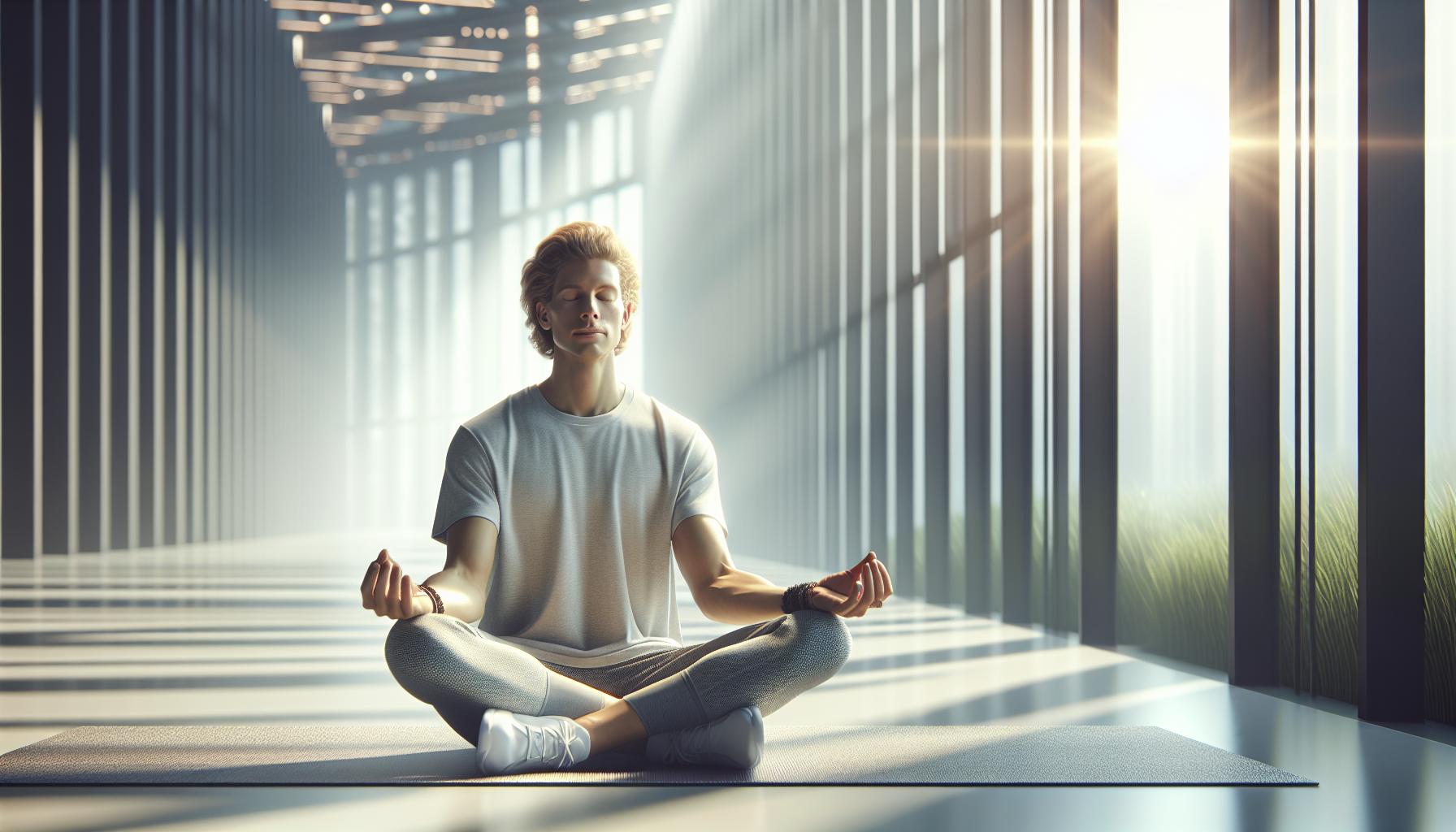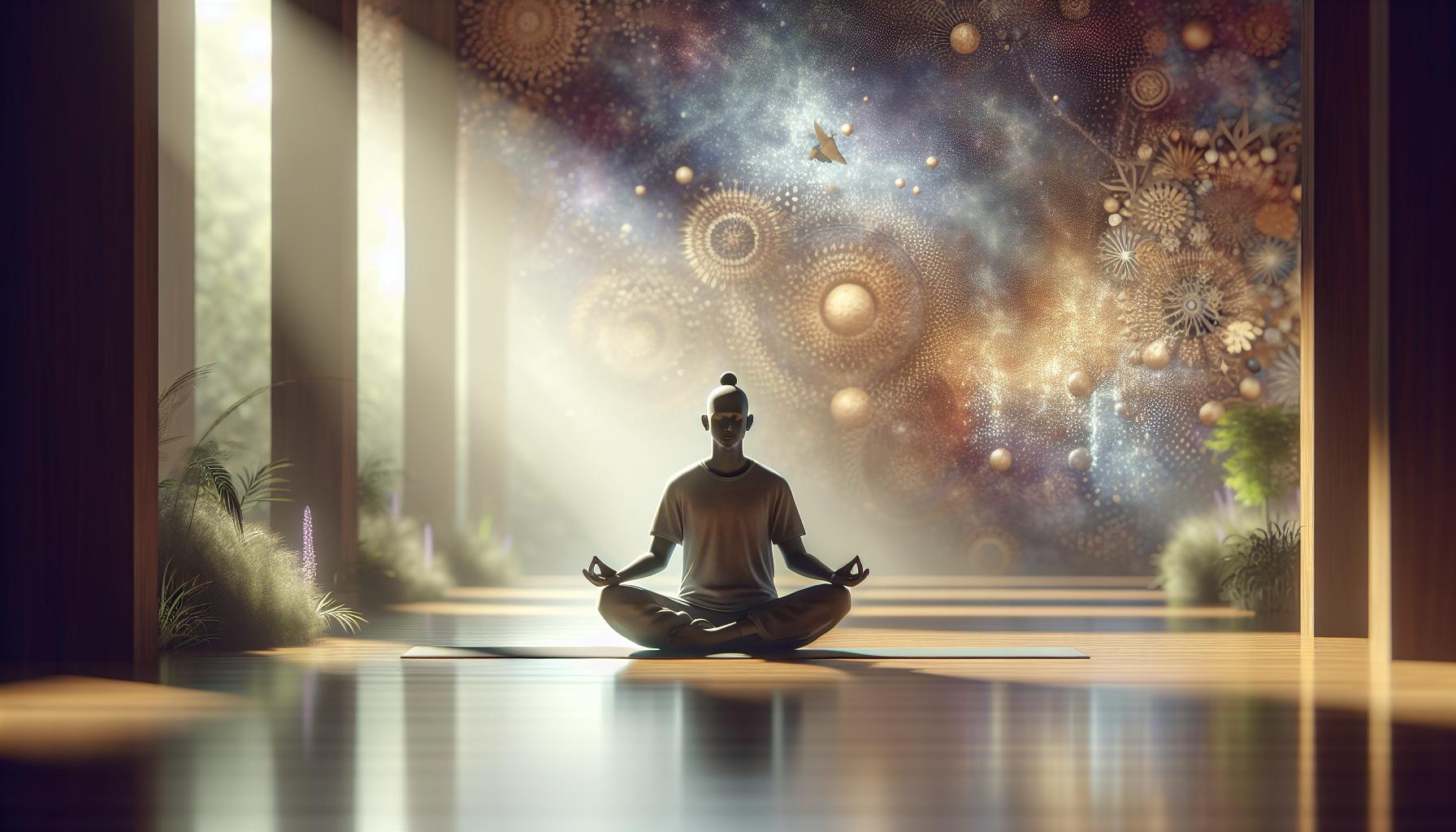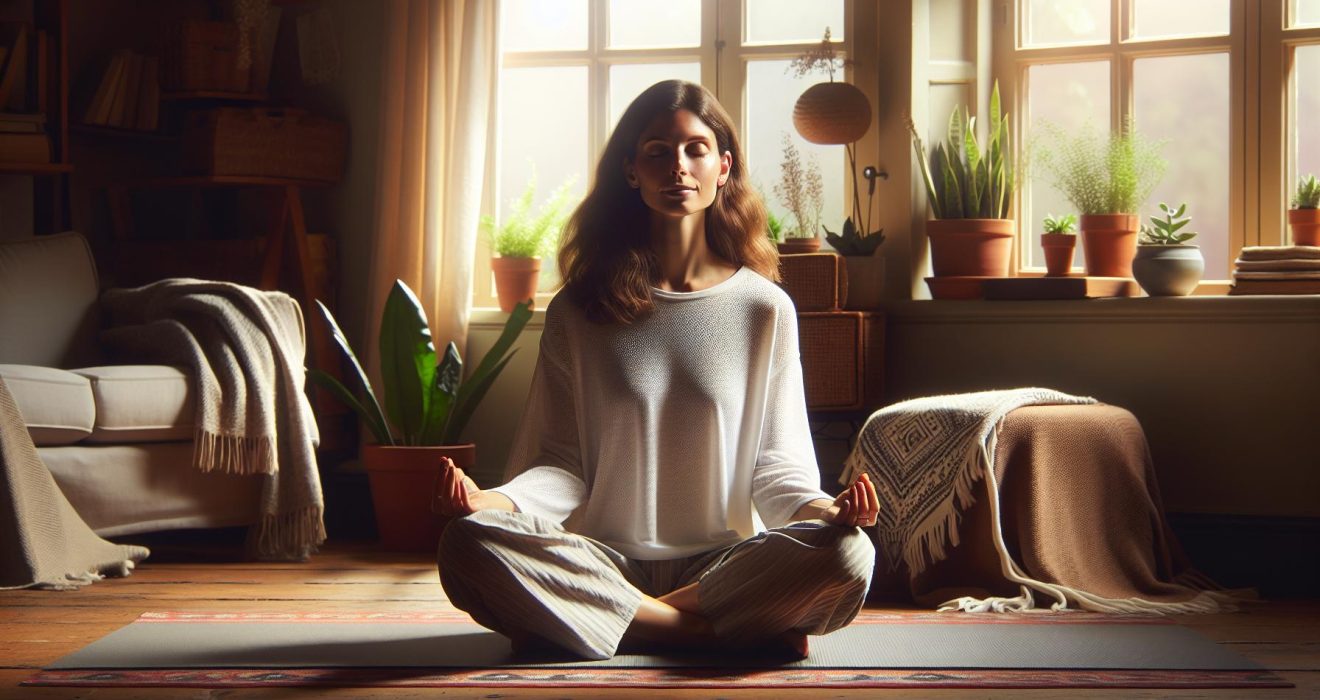Master Progressive Muscle Relaxation for Stress Relief: A Step-by-Step Guide
Imagine settling into your coziest chair after a long day, the kind of day that leaves your shoulders tense and your mind buzzing. Now picture finding a simple, soothing way to melt away that stress, layer by layer, like a gentle wave washing over you. That’s the magic of progressive muscle relaxation, a technique I’ve found incredibly helpful and can’t wait to share with you.
This method isn’t just a fleeting escape; it’s a journey into understanding your body’s signals and learning how to respond with kindness. It’s like uncovering a hidden recipe for calm that’s been tucked away in your own muscles, waiting to be discovered. As we explore how to practice this technique together, you’ll find each step is a note in a lullaby, easing your body and mind into a state of peacefulness. Ready to begin this soothing adventure? Let’s dive in and find out just how tranquil you can feel.
Understanding Progressive Muscle Relaxation
Progressive Muscle Relaxation (PMR) might just be the secret weapon you’ve been looking for to toss stress out of your life. Let’s dive deeper into what makes PMR so special and how it can help you kick back and truly relax.
What Is Progressive Muscle Relaxation?
Progressive Muscle Relaxation is a method that involves tightening and then relaxing different muscle groups in your body systematically. It’s like conducting a symphony, but instead of music, you’re orchestrating your muscles to create a harmony of relaxation! Developed by Dr. Edmund Jacobson in the early 20th century, this technique reduces stress and anxiety by physically making it impossible for tension to stick around. Simply put, by tensing each muscle for about ten seconds and then releasing it, you trigger a deep state of relaxation—think of it as a hard reset button for your body’s stress levels.
Preparing for Progressive Muscle Relaxation
Ready to kick stress to the curb with progressive muscle relaxation (PMR)? Great! Let’s get you set up with the perfect setup to start relaxing those muscles.
Selecting the Right Environment
Creating the right environment plays a crucial role if you’re aiming for the zen zone. Find a quiet space where disruptions are as rare as a stress-free workday. This place doesn’t have to be a spa retreat; a comfy corner of your bedroom or a peaceful spot in your backyard will do the trick. Make sure it’s away from household noise—think screaming kids or a washing machine going berserk. An added bonus would be dim lighting or maybe some candles to really set the mood. Soft background music or nature sounds can also boost your relaxation levels—the kind that makes it easy to pretend you’re chilling at a beach or meandering through a tranquil forest.
Necessary Equipment and Attire
Guess what? You won’t need a truckload of gear for PMR. Just a few simple things will get the job done. For equipment, a yoga mat or a thick towel will cushion you from the hard truths of a floor. Comfort rules when it comes to attire. Slip into something that screams comfort but whispers freedom—like yoga pants, an oversized t-shirt, or pajamas. Tight belts or any ninja-tight clothes? Big no-no. You want your blood to circulate at its lazy best. Also, keeping a cozy blanket nearby can be a good call, especially if you find the temperature dropping or if you just want an extra layer of snug. Don’t forget, staying warm aids in relaxation, turning your tension dial way down.
Step-by-Step Guide to Progressive Muscle Relaxation

Let’s dive right into the how-tos of Progressive Muscle Relaxation (PMR), laying out each step clearly to help you melt the stress away.
Relaxing the Muscle Groups Sequentially
I’ll guide you through relaxing your muscle groups one at a time—it’s like hitting the slow-motion button on your body’s stress responses. Start with your feet and work your way up. Here’s how to do it:
- Feet: Curl your toes tightly, as if you’re trying to pick something up with them. Hold this tension for about 10 seconds, then release. Enjoy that wave of relaxation washing over your feet.
- Calves: Flex your feet, pulling them up toward your knees to engage the calf muscles. Keep them tensed for about 10 seconds, then let go. Feel the calmness seep in.
- Thighs: Squeeze your thigh muscles as though you’re trying to crush an imaginary ball. Maintain this for 10 seconds before easing up. Notice the relaxation penetrating deeper.
- Buttocks: Tense your glutes as if you’re holding a coin between your cheeks. Hold this for 10 seconds, then release. It’s like letting go of hidden stress.
- Abdomen: Draw your belly button toward your spine, tightening your abs. Hold the tension for about 10 seconds, then relax. Feel the stress draining away.
- Arms: Make fists and bend your arms at the elbows, flexing your biceps. After holding for about 10 seconds, just let everything flop. It’s remarkably soothing.
- Shoulders: Raise your shoulders up to your ears, as if you’re shrugging off all the day’s worries. Hold for 10 seconds, then drop them down, releasing the burden.
- Face: Tense all your facial muscles, scrunch your eyes, and pucker your lips. After holding for 10 seconds, let it all go. Notice the liberation from tension.
Complete these steps slowly and deliberately, ensuring you fully experience each wave of relaxation.
Breathing Techniques to Enhance Relaxation
Breathing right can amplify the relaxing effects of PMR, turning stress into a puff of air. Let’s breathe our way to tranquility:
- Deep Breathing: Inhale deeply through your nose, fill up your lungs, hold that breath for a count of five, then exhale slowly through your mouth. It’s like inflating a balloon of calmness and then letting the air out to deflate stress.
- Counted Breathing: Breathe in for a count of four, hold for four, and exhale for four. This technique helps regulate your breathing pattern and keeps you focused solely on your breath, quieting other distractions.
- Abdominal Breathing: Place one hand on your stomach and another on your chest. Inhale deeply from your abdomen, feeling your hand rise, and exhale slowly. It’s a fantastic way to deepen relaxation.
For each breathing exercise, spend a few minutes maintaining the rhythm. These techniques can significantly increase the overall effectiveness of PMR, ensuring you reach a deeper state of relaxation. Try mixing them up to find which one suits you best and makes relaxation a breeze.
Tips for Maximizing the Effectiveness

To unlock the full potential of progressive muscle relaxation (PMR), I’ve got a few strategies that’ll help turn a simple stress relief technique into your go-to relaxation powerhouse. Let’s dive into making your PMR sessions even more impactful!
Consistency and Timing
When it comes to PMR, timing isn’t just a minor detail—it’s a game-changer. Practicing PMR at the same time each day establishes a routine that your body begins to recognize and respond to, more like a relaxation reflex. I find the best time is either early in the morning or right before bed, depending on what works with your schedule. Morning sessions can energize and center you for the day ahead, while evening sessions might be the perfect wind-down ritual. Aim for at least 10 to 15 minutes per session, but remember, a five-minute session is better than none. It’s all about making PMR a reliable friend, rather than a fair-weather acquaintance!
Conclusion
I hope you feel inspired to give progressive muscle relaxation a try and make it a part of your daily unwind routine. Remember it’s not just about reducing stress—it’s about reclaiming your sense of inner peace and giving your body the break it deserves. Whether you’re stretching out on a yoga mat or simply taking a few minutes at your desk to breathe and relax your muscles the benefits of PMR can be a game changer. Start small if you need to and gradually increase your practice as you become more comfortable with the techniques. Here’s to a calmer more centered you!

